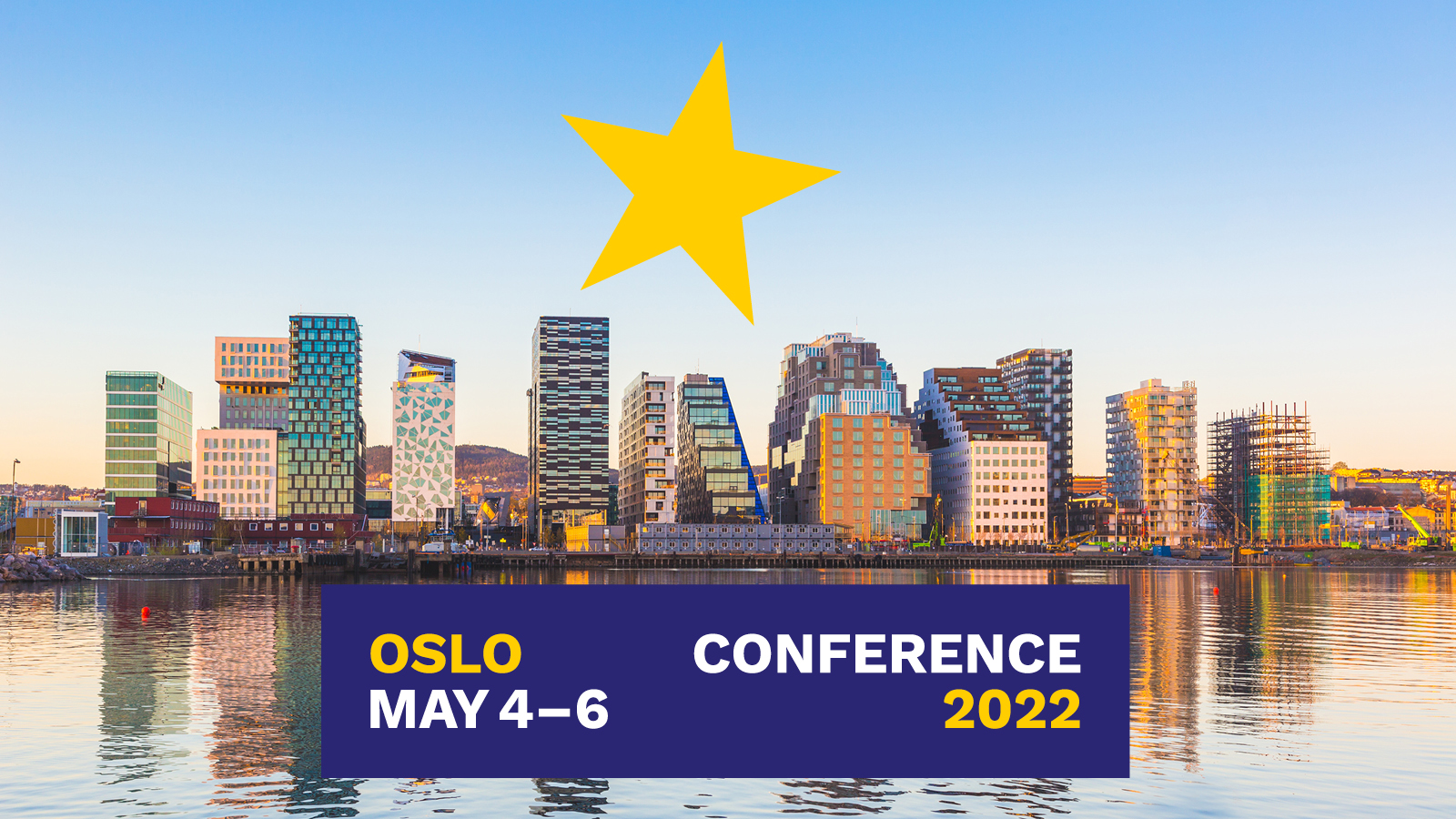Open innovation between Universities of Applied Sciences
A case study of national Centres of Expertise in NL
Conference
Format: Pecha Kucha
Topic: Impact
Session: FOR5 - Impact: 5 separate Pecha Kuchas
Friday 6 May 9:15 a.m. - 10:15 a.m. (UTC)
Abstract
Universities of Applied Science play a key role in innovation for tackling the societal missions of our time. This paper presents guidelines and best practices in the challenge to form nation wide cooperation between UAS research groups and societal actors. It is presented in the form of a case study of the Dutch Centres of Expertise that have been set-up in 2018 as an instrument to create critical mass in practise based research. The author is initiator of several centres and works across the institutional borders of universities, industry, public services and citizen stakeholder groups. With a multitude of centres focussed around six of the national innovation missions, a vibrant network of researchers is build that delivers impact. The presentation explains the reserach management principles that are applied to stimulate coorperation, interdisciplinary work and entrepreneurship.
The work that is presented is based on a framework for implementing open innovation that is described in an earlier book on future proof coorperations. The core idea is that networks of professionals are more dominant is the succes of a research and innovation than the hierarchical structures, or silo’s, in which research groups are often organized.
Two management mechanisms are applied using a metaphor from physics: magnetism for achieving an appealling common goal and entropy to describe the needed freedom to act by individual professionals. Each of these two management levers are operationalised in 5 practical guidelines. In the presentation it is shown how these operational guidlines were and are applied in the case of the Centres of Expertise in the Netherlands.
The take aways are:
- network forming an stimulus is more important than creating formal structures
- the SDG’s and the national or regional translations offewer a good common goal
- lessons from the Covis-19induced social distancing crisis offer best practices in blended research.


